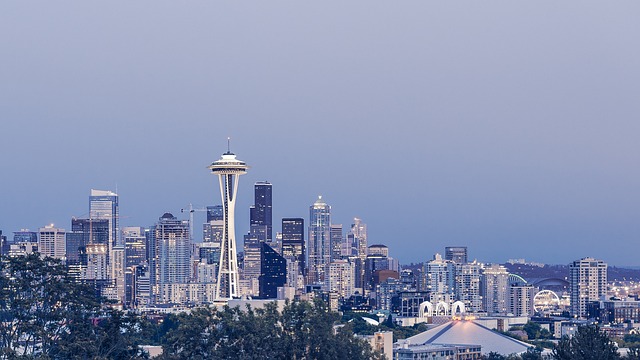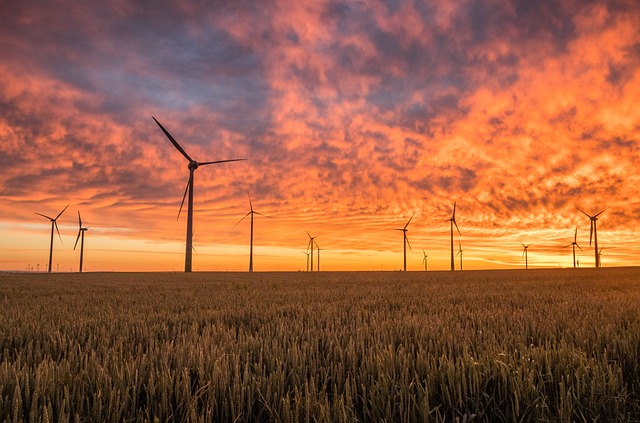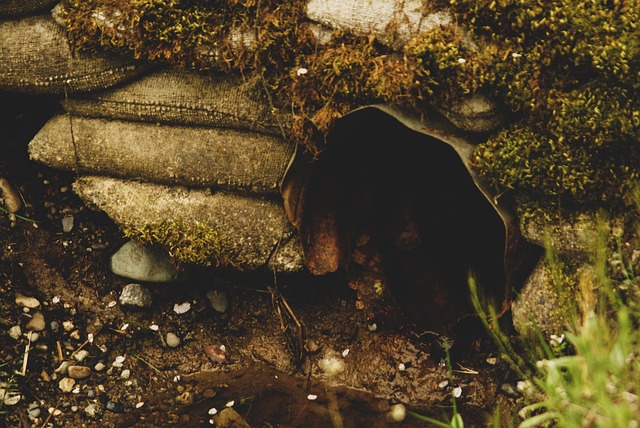In today’s rapidly urbanizing world, the importance of urban green spaces cannot be overstated. As cities expand and concrete jungles take center stage, a pressing need emerges for sustainable development that harmonizes with nature. Urban green spaces serve as vital ecosystems in this quest, offering more than just aesthetic appeal; they play a pivotal role in reducing our ecological footprint.
One of the most compelling reasons to advocate for more green spaces in urban settings is their ability to combat climate change. Trees, plants, and parks act as natural carbon sinks, absorbing carbon dioxide and releasing oxygen. This functionality enables cities to move closer toward carbon neutrality. Implementing green technologies such as green roofs, vertical gardens, and permeable pavements further enhances the effectiveness of these urban landscapes in mitigating greenhouse gas emissions.
Moreover, urban green spaces foster biodiversity by providing habitats for various species. In densely populated areas, these green havens become critical for preserving local flora and fauna that might otherwise struggle to survive. By integrating biodiversity into urban planning, cities can promote a more resilient ecosystem, which ultimately contributes to sustainable development.
Beyond environmental benefits, urban green spaces contribute to the social fabric of cities. They serve as communal areas where people can connect, relax, and engage in recreational activities. This contributes to the overall well-being of urban residents, creating a healthier community that is essential for a sustainable future.
Furthermore, promoting urban green spaces aligns with the global shift towards sustainability. Governments and policymakers are increasingly recognizing the significance of these areas as part of their commitment to reducing their ecological footprint. Initiatives aimed at increasing green coverage in urban areas not only improve air quality but also support the mental health of city dwellers, reinforcing the link between environmental health and human well-being.
In conclusion, embracing and expanding urban green spaces is a crucial step toward fostering sustainable development in our cities. They represent a holistic approach to addressing climate change, enhancing biodiversity, and improving the quality of life for urban inhabitants. As we navigate the challenges of urbanization, cultivating these green landscapes will undoubtedly lead to a more sustainable and vibrant future.




